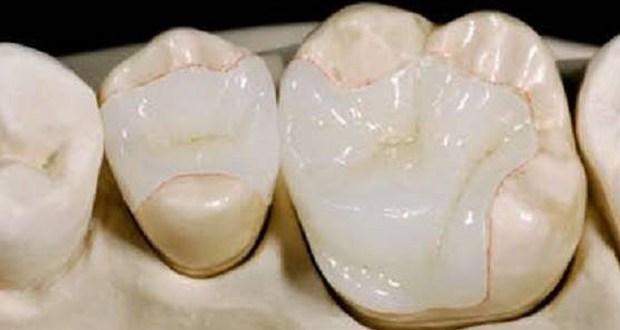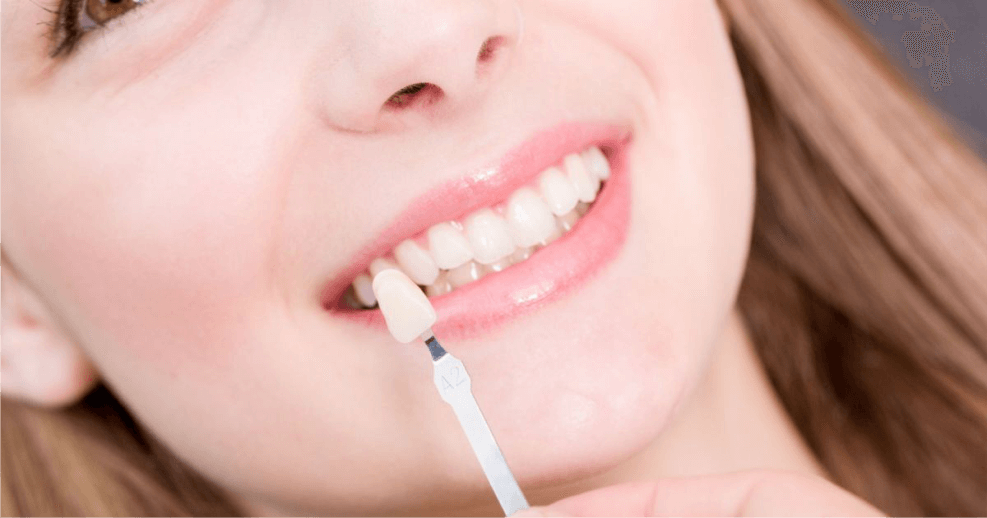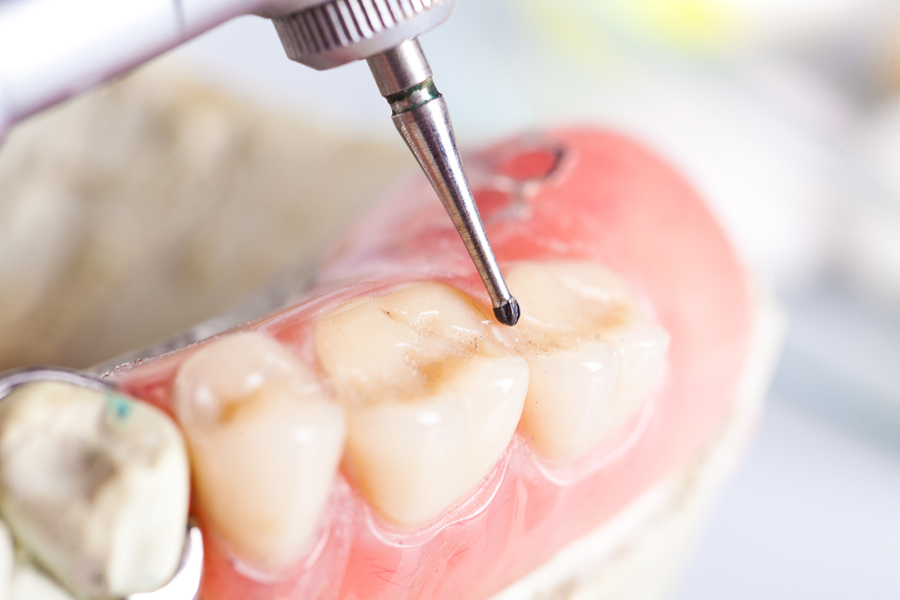How Do I Know if I Need a Filling?
Only a dentist can detect whether you have a cavity that needs to be filled. During a checkup, the dentist will use a small mirror to examine the surfaces of each tooth. Anything that looks abnormal will then be closely checked with special instruments. We may also X-ray your entire mouth or a section of it. The type of treatment your dentist chooses will depend on the extent of damage caused by decay.







